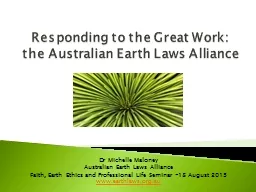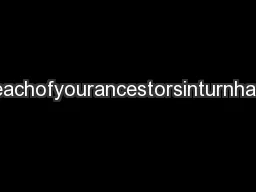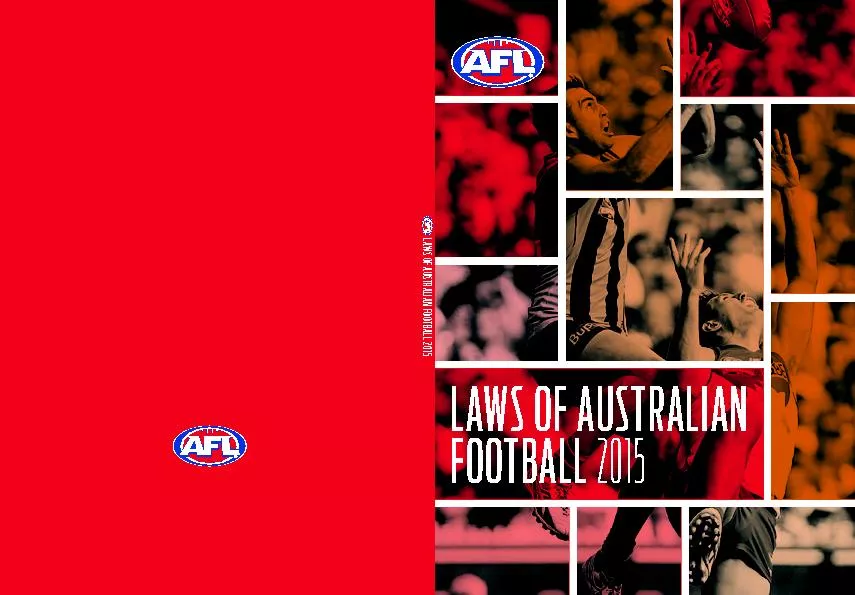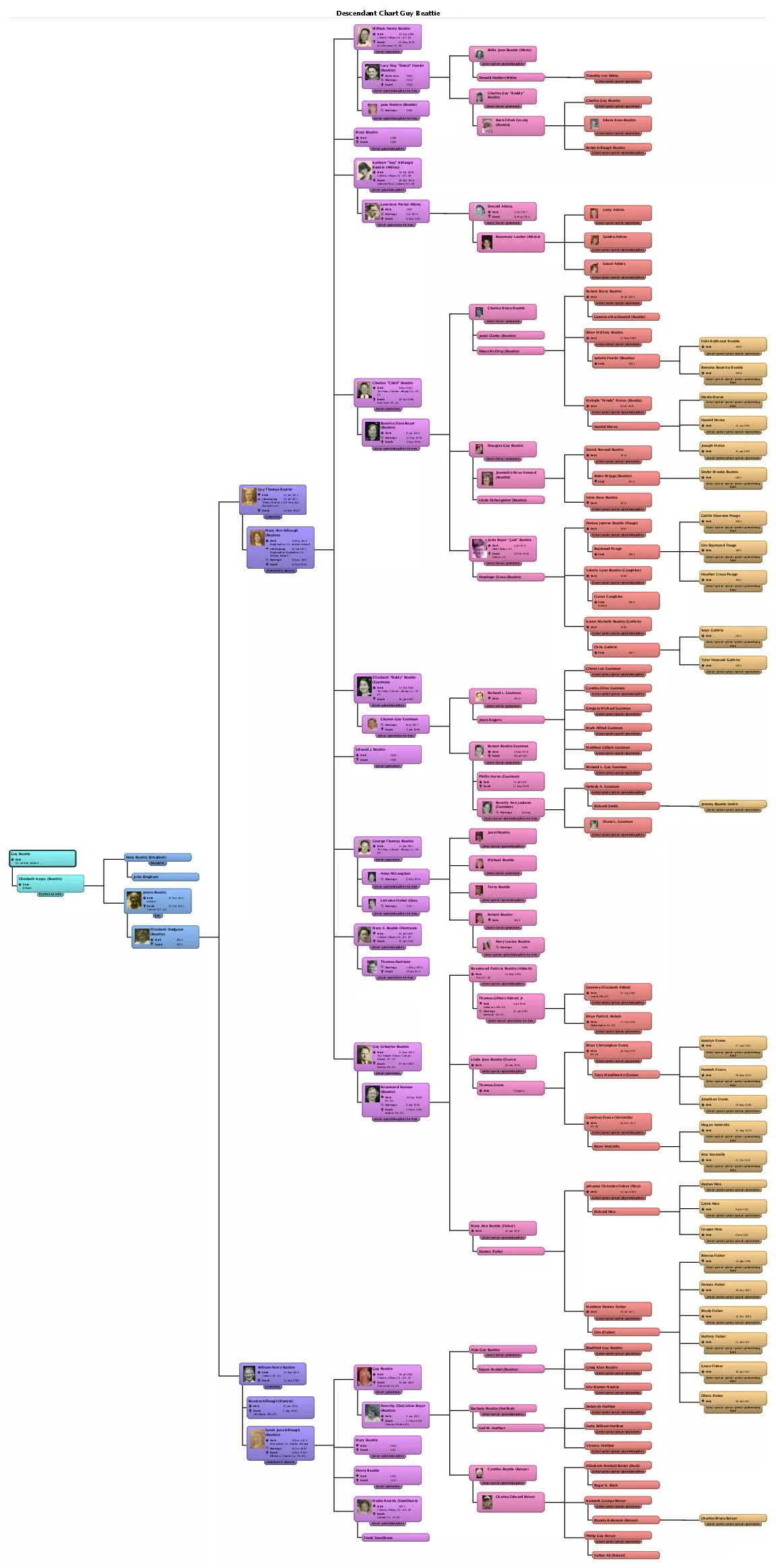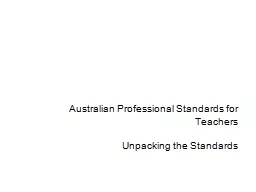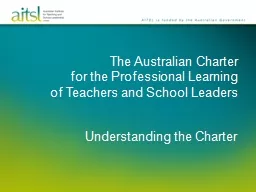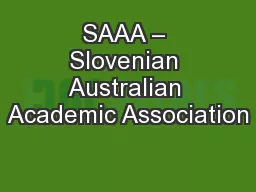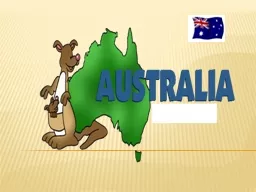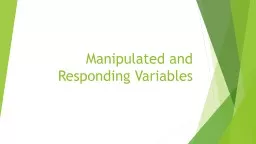PPT-Responding to the Great Work: the Australian Earth Laws All
Author : pasty-toler | Published Date : 2016-03-10
Dr Michelle Maloney Australian Earth Laws Alliance Faith Earth Ethics and Professional Life Seminar 18 August 2015 wwwearthlawsorgau About the Australian Earth
Presentation Embed Code
Download Presentation
Download Presentation The PPT/PDF document "Responding to the Great Work: the Austra..." is the property of its rightful owner. Permission is granted to download and print the materials on this website for personal, non-commercial use only, and to display it on your personal computer provided you do not modify the materials and that you retain all copyright notices contained in the materials. By downloading content from our website, you accept the terms of this agreement.
Responding to the Great Work: the Australian Earth Laws All: Transcript
Download Rules Of Document
"Responding to the Great Work: the Australian Earth Laws All"The content belongs to its owner. You may download and print it for personal use, without modification, and keep all copyright notices. By downloading, you agree to these terms.
Related Documents

